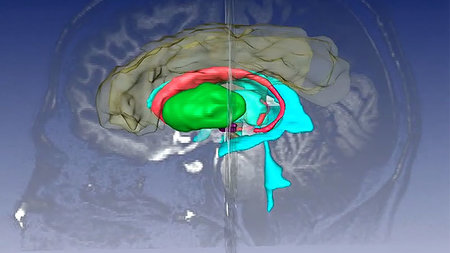Body schema
The body schema is a cognitive representation of the body that allows us to perceive and interact with our environment. It includes both the physical structure of the body and the movements we can make with it. The minimal self is a concept related to the body schema, referring to the basic sense of self that is necessary for us to interact with the environment.
One important aspect of the body schema is the integration of information from different sensory modalities, such as vision, touch, and proprioception. This process, known as multisensory fusion, involves the translation of information between different frames of reference or sensory coordinate systems. For example, when we see an object and touch it, we use visual and tactile information to form a more complete understanding of the object. However, the frame of reference of the visual information (the retina) is different from the tactile reference frame (the hand), so we need to integrate proprioceptive information (joint and muscle positions) to determine the position of the hand relative to the eye.
Another aspect of the body schema and minimal self is the ability to discriminate between self and other. This allows us to differentiate between our own body and the objects and people around us, enabling us to interact with the world in a meaningful way. The rubber hand illusion is a well-known example of how our sense of self can be altered through multisensory integration. In this illusion, an individual is shown a rubber hand being stroked while their own hand, which is hidden from view, is also stroked in the same way. The individual may then perceive the fake rubber hand as their own.

In our neurocomputational model of the body schema, we learn reference frame transformations and multisensory integration through Hebbian synaptic plasticity, using population coding to represent important parameters of sensory inputs in a distributed code. These learned representations can also be used to make decisions for self-other discriminations and to model psychological phenomena like the rubber hand illusion. Finally, we will use this model on the iCub robotic platform to let it learn its own body schema.
Associated projects
DFG program "The Active Self" (SPP 2134) DFG HA2630/12-2 (2022-2024).
DFG program "The Active Self" (SPP 2134) DFG HA2630/12-1 (2019-2021).
Selected Publications
Forch, V., Hamker, F.H. (2021)
Building and Understanding the Minimal Self
Frontiers Psychology, 12:716982. doi:10.3389/fpsyg.2021.716982.
Read Article





